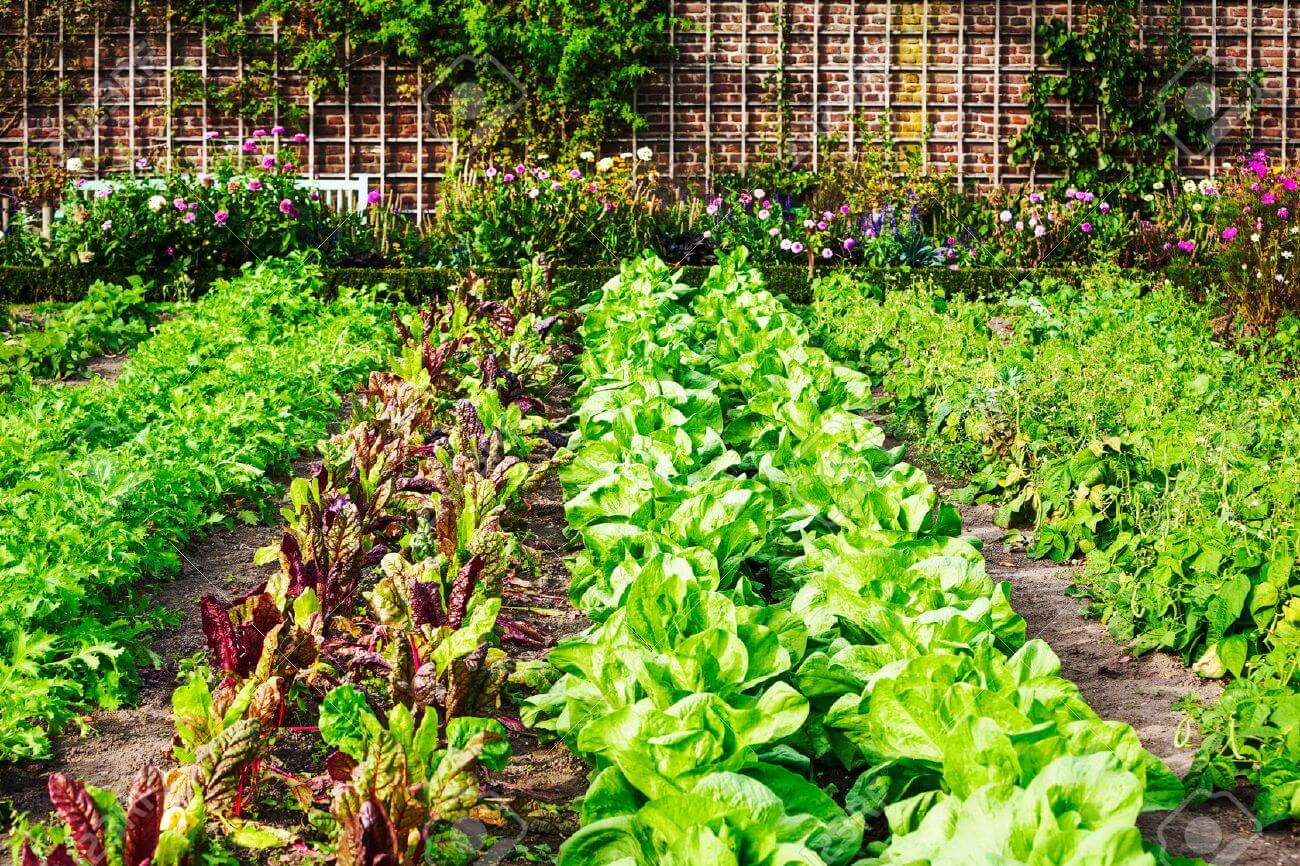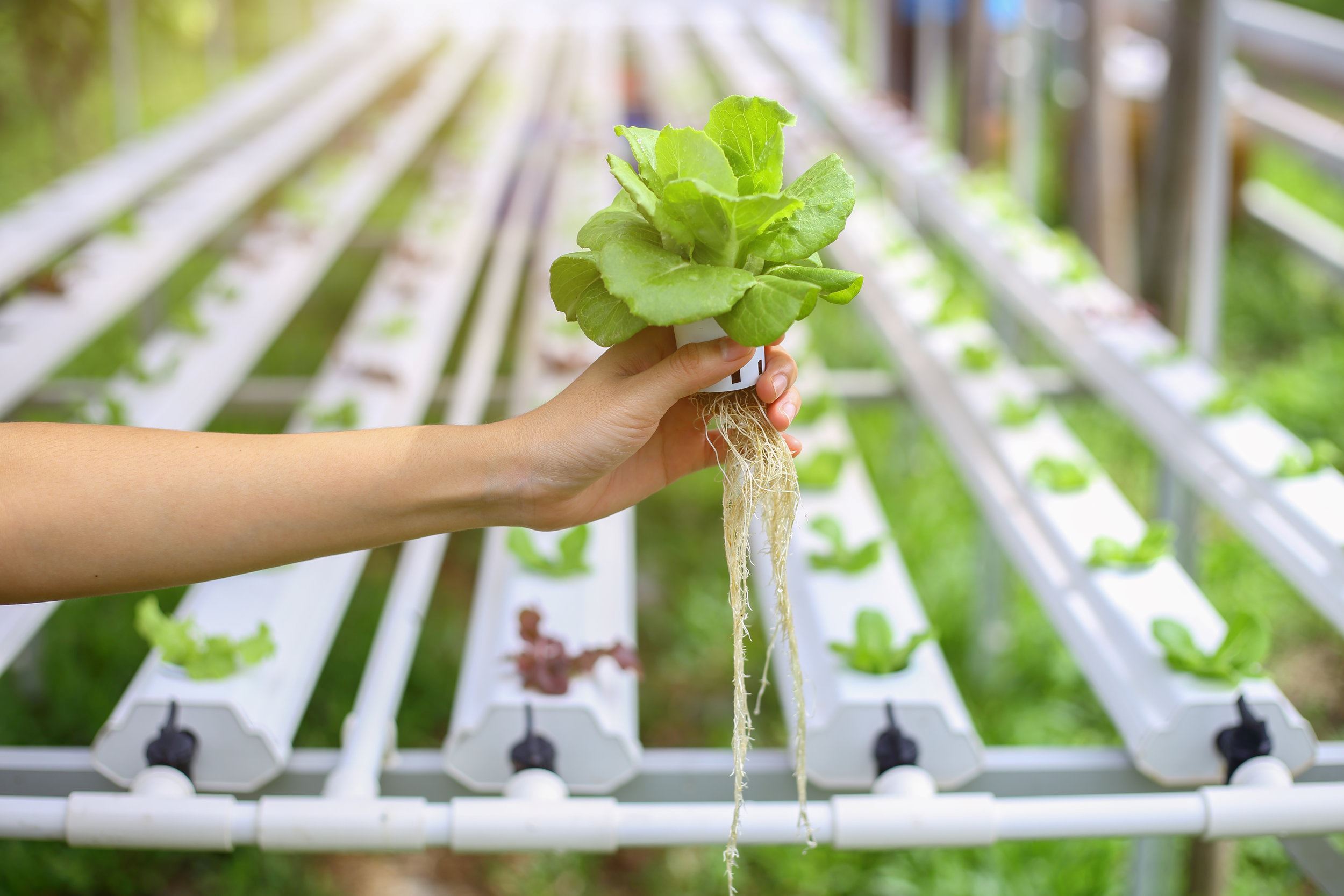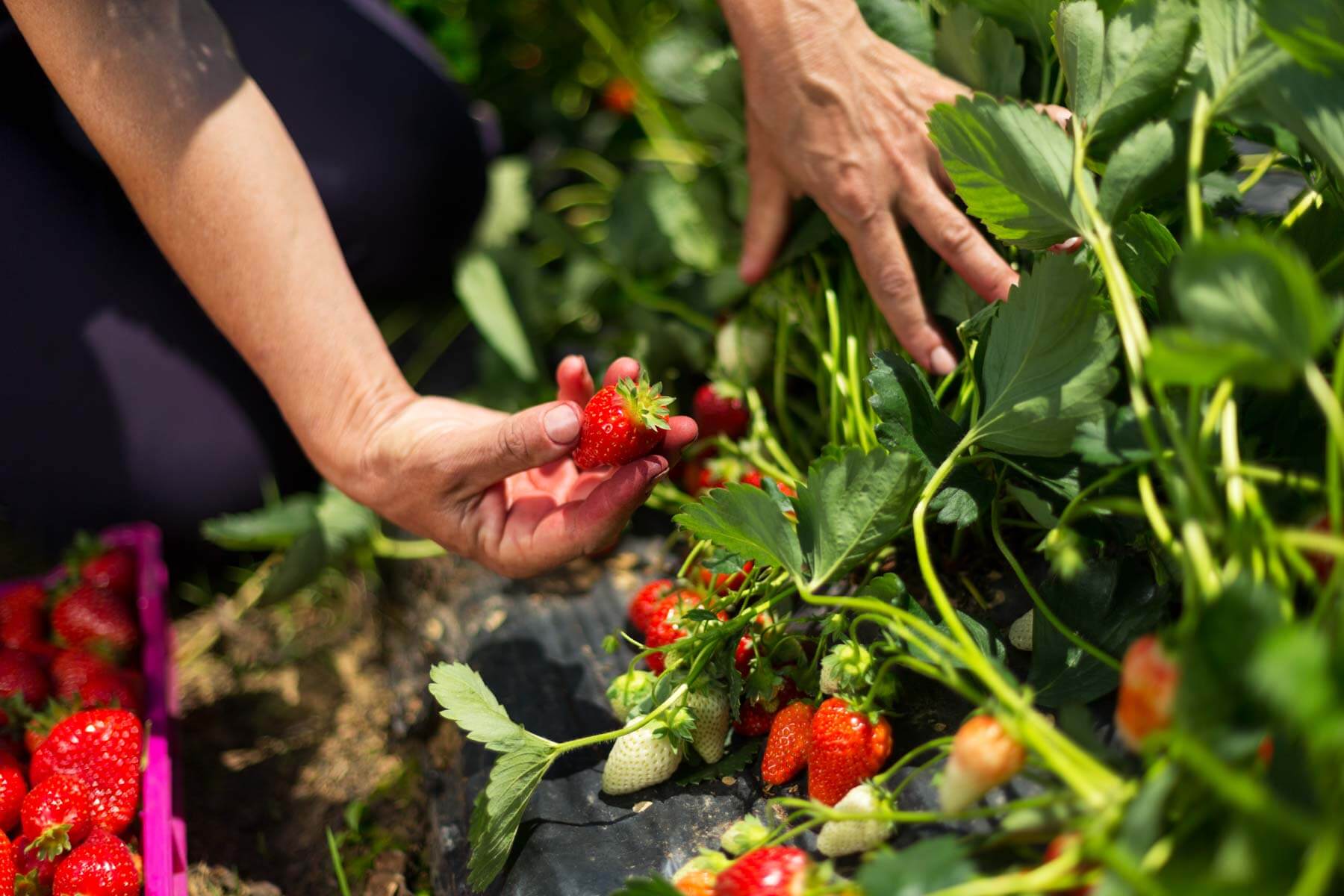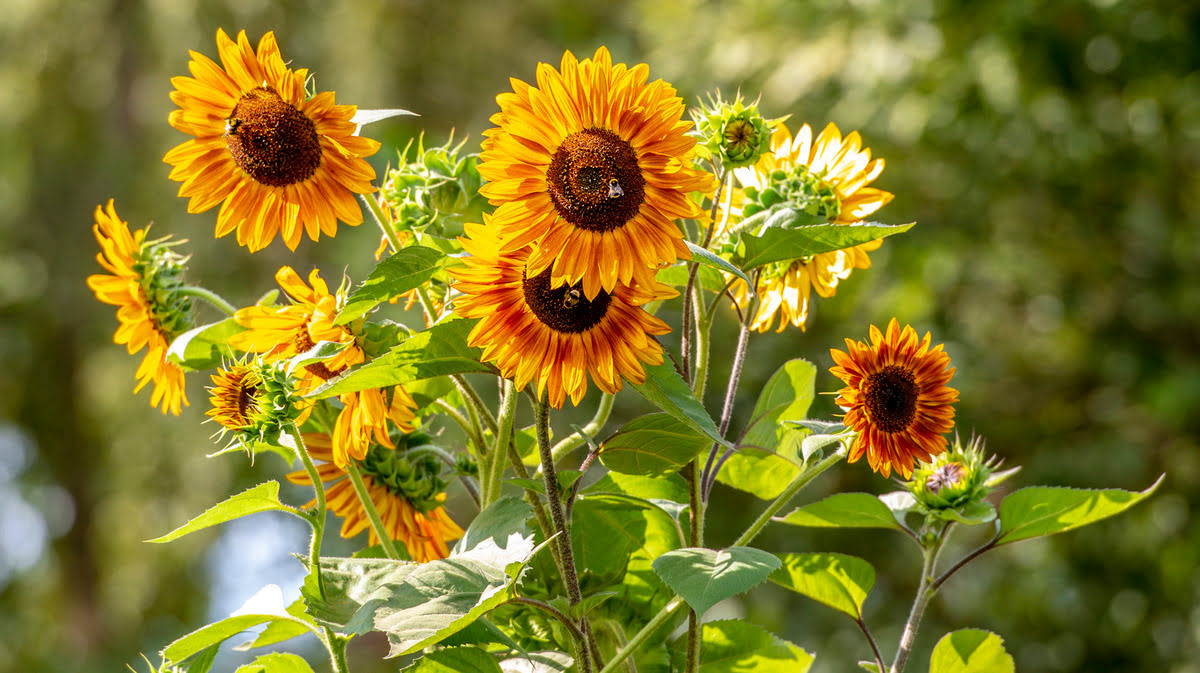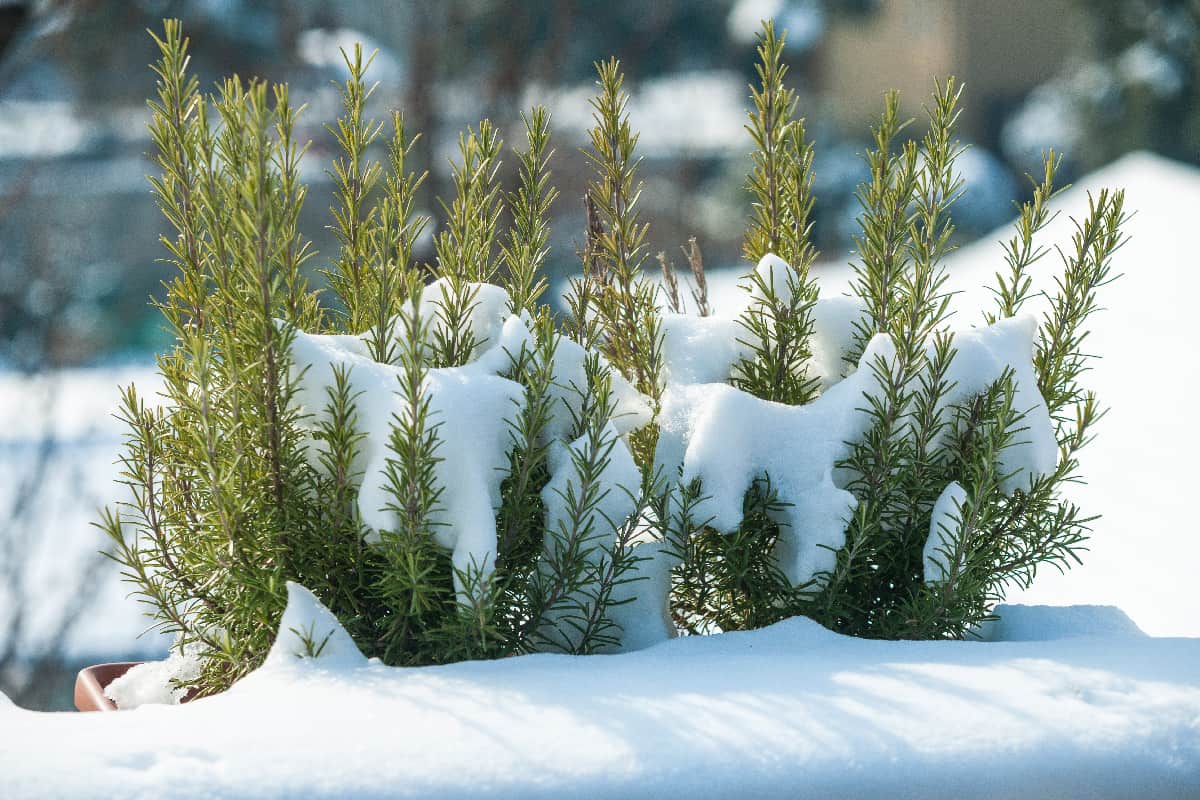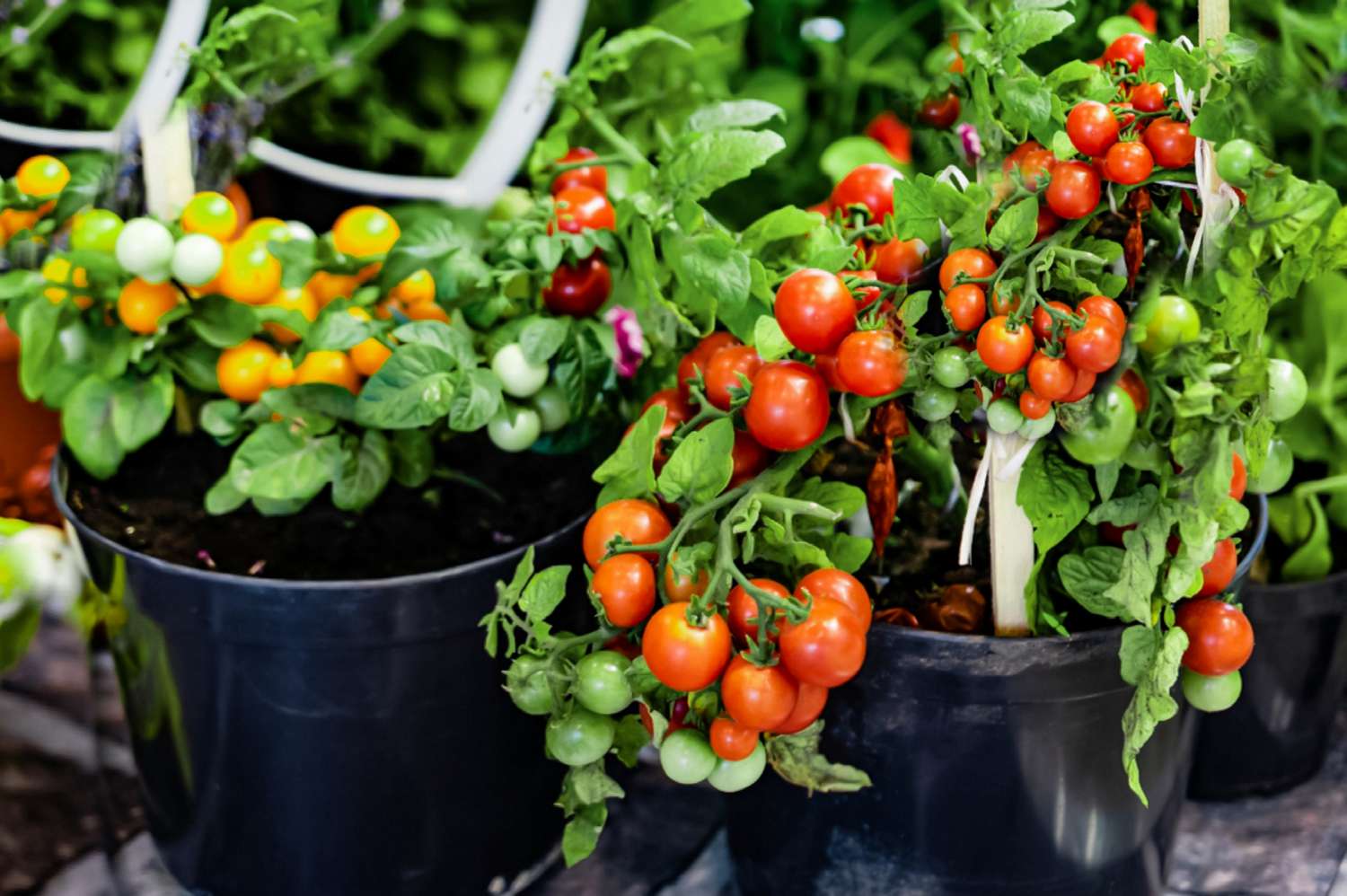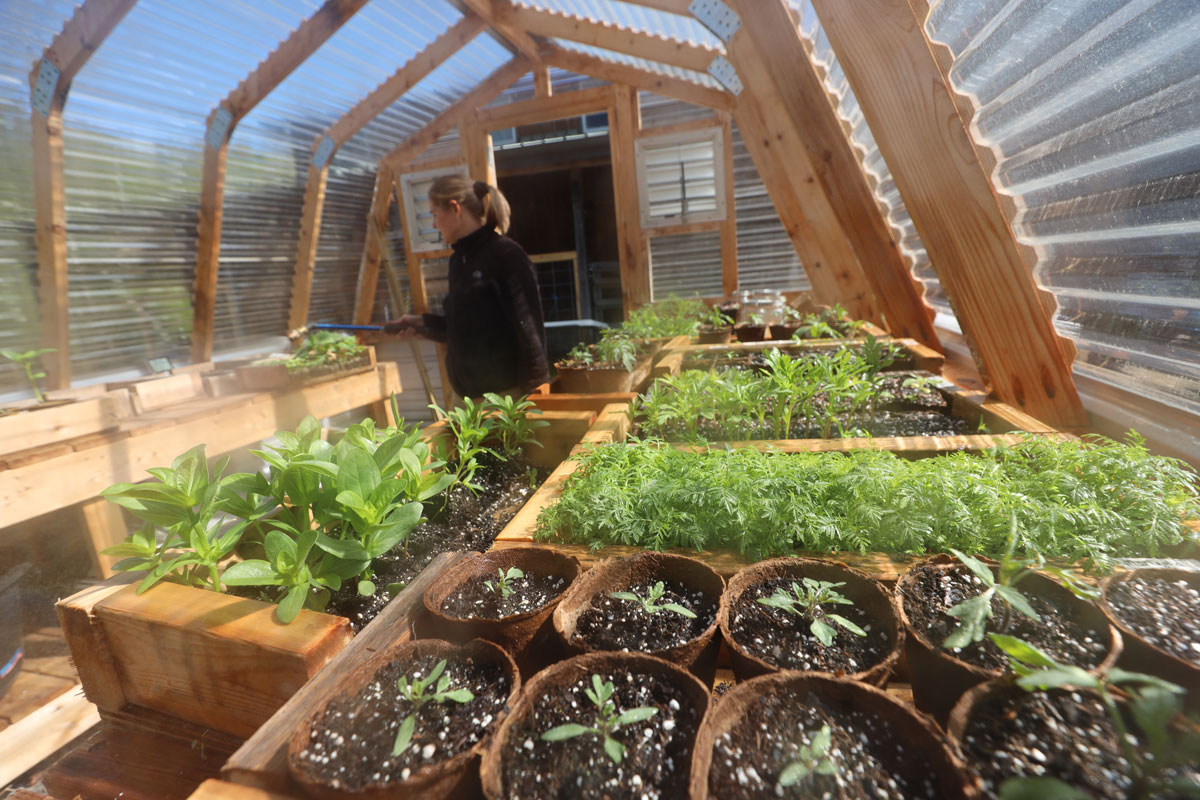Home>Types of Gardening>Edible Gardening>What Can I Plant Rosemary With?
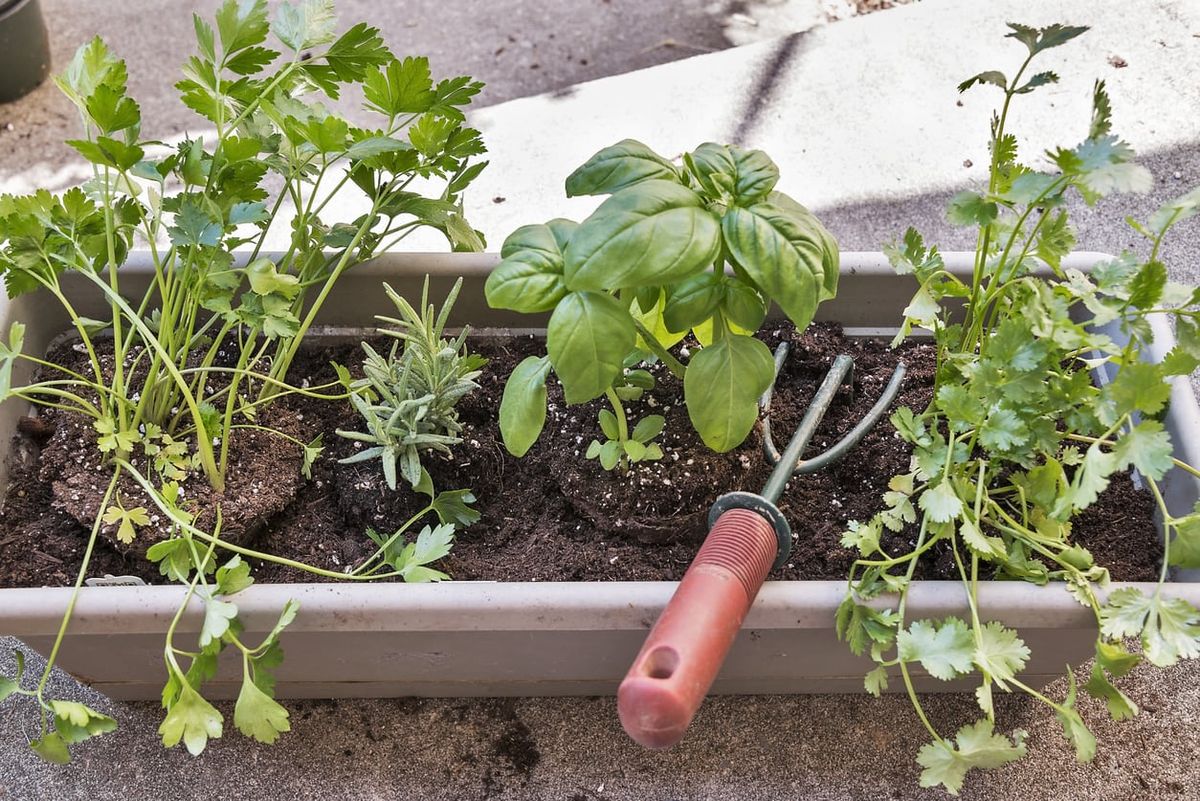

Edible Gardening
What Can I Plant Rosemary With?
Published: January 29, 2024
Discover the perfect companions for rosemary in your edible garden. Learn what plants to pair with rosemary for a thriving and flavorful garden.
(Many of the links in this article redirect to a specific reviewed product. Your purchase of these products through affiliate links helps to generate commission for Chicagolandgardening.com, at no extra cost. Learn more)
Table of Contents
Introduction
Introduction
Welcome to the wonderful world of edible gardening, where the joy of cultivating your own herbs and vegetables knows no bounds. Among the myriad of delightful plants you can nurture in your garden, rosemary stands out as a versatile and aromatic herb that adds flavor and fragrance to your culinary creations. As you embark on the journey of tending to your rosemary plant, you may wonder about the possibility of enhancing its growth and health by planting it alongside compatible companions. This curiosity leads us to the fascinating realm of companion planting, a practice that involves strategically placing plants next to each other to maximize their mutual benefits.
As you delve into the art of companion planting, you’ll discover a wealth of knowledge about which plants thrive in each other’s presence, promoting better growth, pest control, and overall well-being. In this article, we’ll explore the world of companion plants for rosemary, uncovering the ideal botanical partners to complement and support this beloved herb. From the benefits of companion planting to practical tips on how to plant rosemary with its compatible counterparts, this guide will equip you with the expertise to create a harmonious and flourishing garden ecosystem.
Companion Plants for Rosemary
When selecting companion plants for your rosemary, it’s essential to consider the symbiotic relationships that can benefit both the herb and its neighboring flora. One of the most compatible companions for rosemary is sage, a fellow member of the mint family. Sage shares rosemary’s preference for well-drained soil and thrives in similar growing conditions, making them ideal bedfellows in the garden. Additionally, sage’s pungent aroma can help deter pests that might otherwise plague your rosemary plant.
Thyme is another excellent companion for rosemary, as both herbs prefer drier soil and ample sunlight. By planting thyme alongside your rosemary, you can create a visually appealing and mutually beneficial arrangement. The low-growing habit of thyme also serves to cover the soil, reducing moisture evaporation and suppressing weed growth around the base of the rosemary plant.
For gardeners seeking to bolster their rosemary’s defenses against pests, the inclusion of lavender as a companion plant can be highly advantageous. Lavender’s fragrant blooms not only attract beneficial pollinators but also repel common garden pests, thereby contributing to a healthier and more vibrant rosemary plant. Furthermore, the complementary aesthetic appeal of rosemary and lavender creates a visually captivating display in any garden setting.
Complementing the robust and aromatic nature of rosemary, the inclusion of garlic as a companion plant can provide natural pest control benefits. The pungent aroma emitted by garlic can help deter pests that may otherwise target your rosemary, contributing to a more resilient and thriving herb garden. Moreover, the culinary utility of garlic ensures that this companion plant offers both practical and protective advantages.
Benefits of Companion Planting
Companion planting offers a multitude of benefits that extend beyond the individual plants themselves, fostering a harmonious and thriving garden ecosystem. One of the primary advantages of companion planting is its ability to naturally repel pests and deter harmful insects. By strategically intermingling plants with natural pest-repelling properties, such as aromatic herbs like rosemary and lavender, gardeners can reduce the risk of pest infestations without resorting to chemical interventions. This not only safeguards the health and vitality of the plants but also contributes to a more environmentally sustainable approach to gardening.
Furthermore, companion planting can enhance soil health and fertility through the concept of intercropping, where different plants with complementary root structures and nutrient requirements are grown together. In the case of rosemary and its companions, the diverse root systems of these plants can work synergistically to improve soil structure and prevent erosion, thereby promoting long-term soil health and vitality. Additionally, certain companion plants, such as legumes, have the remarkable ability to fix nitrogen in the soil, enriching it with this essential nutrient and benefitting neighboring plants like rosemary.
Companion planting also plays a pivotal role in attracting beneficial insects, such as pollinators and predatory species that contribute to a balanced and thriving garden ecosystem. The presence of companion plants with vibrant blooms and enticing fragrances, such as lavender and thyme, can entice pollinators like bees and butterflies, thereby bolstering the overall pollination and fruiting of the garden. Moreover, the inclusion of companion plants that attract predatory insects, such as ladybugs and lacewings, can help naturally control pest populations, reducing the need for chemical insecticides and fostering a more sustainable approach to pest management.
From a practical standpoint, companion planting contributes to maximizing garden space and optimizing resource utilization. By interplanting compatible species, gardeners can make efficient use of available space, sunlight, and water, thereby maximizing the productivity of their garden beds. This strategic use of space not only enhances the aesthetic appeal of the garden but also promotes a diverse and resilient garden ecosystem that is less susceptible to pest outbreaks and nutrient deficiencies.
How to Plant Rosemary with Companion Plants
When embarking on the endeavor of planting rosemary with compatible companions, it’s essential to consider the specific requirements and growing habits of each plant to ensure a harmonious coexistence. Begin by selecting a suitable location in your garden that receives an abundance of sunlight, as both rosemary and its compatible companions thrive in sunny, well-drained environments. Prepare the soil by incorporating organic matter and ensuring proper drainage, as these plants are susceptible to root rot in waterlogged conditions.
When arranging the layout of your garden bed, consider the mature sizes of the plants to prevent overcrowding and competition for resources. Plant taller companions, such as lavender and sage, towards the rear of the bed to prevent shading of the shorter rosemary and thyme plants. Additionally, the strategic placement of companion plants can create visually appealing and functional arrangements, such as alternating rows of rosemary and thyme to form an attractive and mutually beneficial border.
As you cultivate your garden, consider the watering and feeding requirements of each plant to ensure optimal growth and vitality. While rosemary and its companions are relatively drought-tolerant once established, it’s crucial to provide adequate water during the initial stages of growth to promote root development. Mulching around the base of the plants can help conserve moisture and suppress weed growth, contributing to a healthier and more resilient garden ecosystem.
Furthermore, the inclusion of companion plants with pest-repelling properties can enhance the overall resilience of your garden. By intermingling rosemary with aromatic companions like lavender and sage, you can create a natural barrier against common garden pests while fostering a visually captivating and fragrant garden landscape. Additionally, the incorporation of garlic as a companion plant can provide an added layer of pest protection, further fortifying the defenses of your rosemary and its botanical allies.
Regular monitoring and maintenance are essential to ensure the harmonious coexistence of rosemary and its companion plants. Keep an eye out for any signs of nutrient deficiencies, pest infestations, or overcrowding, and make adjustments as necessary to maintain the health and vitality of your garden. By fostering a thriving ecosystem of compatible plants, you can create a sustainable and bountiful garden that delights the senses and nourishes the body.
Conclusion
As you immerse yourself in the art of companion planting, the synergy and mutual benefits that arise from strategically pairing rosemary with compatible companions illuminate the profound beauty of nature’s interconnectedness. From the aromatic allure of lavender to the robust resilience of garlic, each companion plant contributes to a flourishing garden ecosystem that transcends individual beauty and utility.
By embracing the principles of companion planting, you embark on a journey that not only enhances the vitality and productivity of your garden but also fosters a deeper appreciation for the intricate relationships that shape the natural world. The harmonious coexistence of rosemary and its companions embodies the timeless wisdom of nature, where diversity, cooperation, and symbiosis form the foundation of sustainable abundance.
As you tend to your garden, nurturing the growth of rosemary alongside its compatible counterparts, may you find joy in witnessing the harmonious dance of life unfolding before you. Let the fragrant symphony of herbs, the bustling activity of beneficial insects, and the vibrant tapestry of colors inspire and uplift your spirit, reminding you of the boundless wonders that await within the embrace of a thriving garden.
In this journey of companionship and cultivation, may your garden be a sanctuary of beauty, abundance, and nourishment, where the timeless wisdom of companion planting continues to weave its enchanting tapestry of interconnected life.

